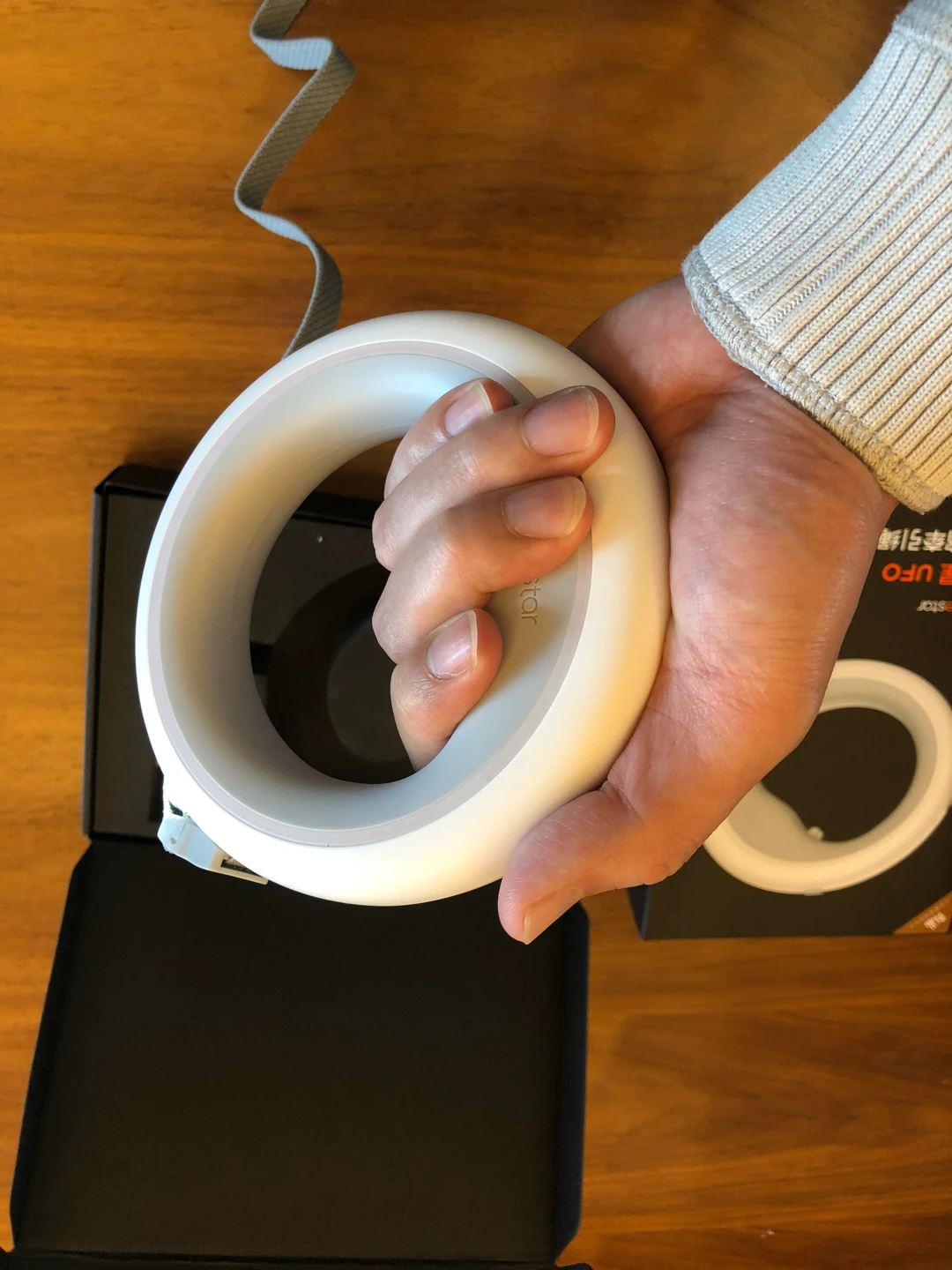
recently reported polymer waveguide-based thin film displays 22, 23. Polymer waveguides have a capability of application to flexible displays and Park et al. On the other hand, when the thickness of the transparent display devices is thin enough to be bendable, transparent and flexible display devices using the UCNPs can be actualized. However, because the 3D volumetric display devices exhibit 3D images in real 3D spatial form 18, the realization of 3D volumetric displays indispensably requires a thicker nature of the display devices. Since trace of excitation light sources should not be visible in the transparent 3D displays, the UCNPs, which are excited with invisible NIR light, can be a promising material for realizing transparent 3D displays. With the development of efficient 980 nm diode lasers, the probability that the upconversion (UC) materials are used in practical applications becomes high 21. The UCNPs can also be applied to new emissive displays such as transparent three dimensional (3D) volumetric displays 8, 18, 19, 20. Although many studies on bio-imaging using the UCNPs have been reported thanks to the aforementioned advantages utilizing the UCNPs and NIR light source 14, 15, 16, 17, the applications of the UCNPs are not restricted to bio-related field. Moreover, clear fluorescence image with high signal to noise ratio can be obtained by using the UCNPs and NIR light source because the NIR light does not induce autofluorescence from the biomolecules 12, 13. Near infrared (NIR) light which is used as an excitation source for the UCNPs can penetrate deeply into biological system compared with ultraviolet (UV) or visible light, and it causes much smaller damage to biomolecules as well 10, 11, 12. Although quantum yields of the UCNPs are low compared with downconversion materials 5, they have potential applications to biological field. The advancement of solution chemical synthesis of the UCNPs boosted the explosive researches on the UCNPs’ syntheses and applications 4, 5, 6, 7, 8, 9. Recently, upconversion nanophosphors (UCNPs) have attracted great attention due to unique optical properties such as anti-Stokes shift luminescence unlike conventional luminescent materials showing downconversion luminescence (including downshifting and quantum splitting) 1, 2, 3. Moreover, patterned polymer waveguide-based display devices are fabricated by reactive ion etching process and they realize bright blue-, green-, and red-colored characters under coupling with an NIR laser. The polymer waveguides exhibit bright blue, green, and red luminescence, depending on the incorporated UCNPs into the polymer core, under coupling with a near infrared (NIR) laser. The fabricated stripe-type polymer waveguides are highly flexible and transparent (transmittance > 90% in spectral range of 443–900 nm). The C/S UCNPs are incorporated into bisphenol A ethoxylate diacrylate which is used as a core material of polymer waveguides. In addition, NaGdF 4:Yb,Tm/NaGdF 4:Eu C/S UCNPs are synthesized and they show red emission via energy transfer and migration of Yb 3+ → Tm 3+ → Gd 3+ → Eu 3+. The Li(Gd,Y)F 4:Yb,Er/LiYF 4 and Li(Gd,Y)F 4:Yb,Tm/LiYF 4 C/S UCNPs exhibit 3.3 and 2.0 times higher UCL intensities than core counterparts, respectively. Their upconversion luminescence (UCL) intensities are enhanced by the formation of C/S structure with LiYF 4 shell.


Bright green- and blue-emitting Li(Gd,Y)F 4:Yb,Er and Li(Gd,Y)F 4:Yb,Tm UCNPs are synthesized via solution chemical route. Core/shell (C/S)-structured upconversion nanophosphor (UCNP)-incorporated polymer waveguide-based flexible transparent displays are demonstrated.


 0 kommentar(er)
0 kommentar(er)
